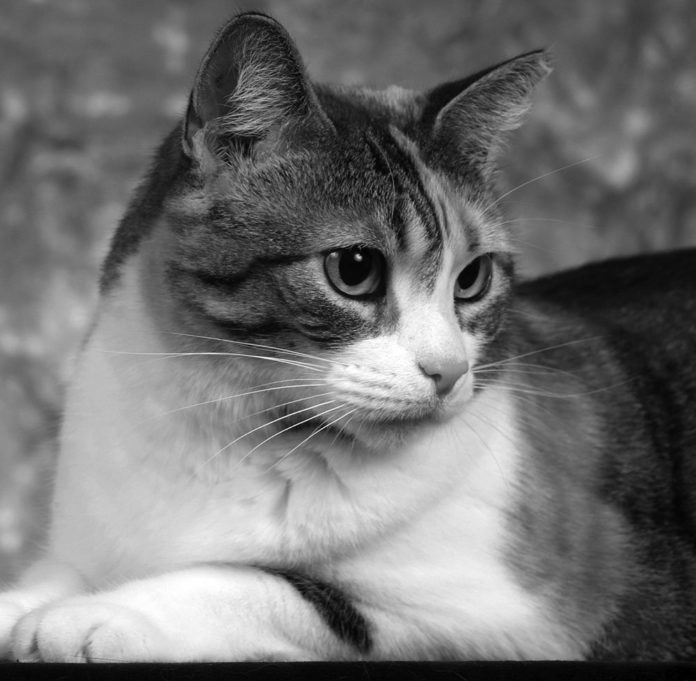Q: I am the proud mother of a middle-aged cat who requires extraction of two molars because of resorptive lesions [a painful disease in which resorption destroys the teeth]. I am very concerned about the anesthesia required for this extraction, and I wanted to ask if you can provide some insight regarding how best to assure that he is treated safely during this procedure.
A:
Thank you for contacting us about your kitty’s problems, and I am sorry to hear about your baby having to deal with this common dental problem in cats. With appropriate treatment, your kitty likely has a favorable prognosis for return to normal dental function. I understand your concern regarding anesthesia, though, and perhaps a few points will help allay some of your fears.
As with any diagnostic or therapeutic procedure, the decision regarding whether to proceed or not is based upon a comparison of the risk and the potential benefit to the patient. In your kitty’s case, for example, I presume that his veterinarian has concluded that the risk of anesthesia is relatively small and acceptable, compared with the benefit that the procedure will provide (i.e., pain-free, normally functioning teeth).
When a cat must undergo anesthesia and a dental procedure because he has a poor quality of life because he cannot eat due to painful teeth and/or gums, the risks and benefits are easily defined. We know that extraction will improve quality of life, and we can define the anesthetic risk based upon experience and published data.
In some cases, such as when the diagnosis is as yet unknown, the risks and benefits may be more difficult to define. Rest assured, though, that your cat’s veterinarian has been trained to critically evaluate the risk to benefit ratio of any intervention (i.e. a drug or procedure) and that a basic tenet of medicine is primum non nocere, which is Latin for “first, do no harm.”
If it is deemed the potential benefit of an intervention outweighs the risk and the decision is made to move forward, then a major objective of the veterinarian is to minimize the risk of the intervention to whatever extent possible.
With respect to anesthetic risk, the first point to be made is that every anesthetic event does have some degree of risk associated with it. This risk may range from relatively benign grogginess or temporary cessation of breathing to potentially life threatening cardiac arrhythmias and, in some cases, death. Veterinarians will strive to minimize this risk by carefully evaluating a patient for conditions that may increase anesthetic risk before the procedure using physical examination and screening tests (i.e., blood work, echocardiography, X-rays).
Once a patient has been appropriately screened for any potentially complicating factors, the risk of the anesthesia can be further mitigated by careful selection of anesthetic agents based upon the specific needs of the patient. These needs are often dictated by the patient’s age, health status, demeanor and by the requirements of the procedure that must be performed.
Anesthetic risk can be further ameliorated by careful monitoring during induction (when the patient is initially put under anesthesia), maintenance and recovery from anesthesia. This often involves monitoring vital signs such as heart rate, blood pressure, respiratory rate and, in some cases, blood chemistry and electrical activity in the heart.

I would encourage you to speak with your cat’s veterinarian regarding the potential risks of this procedure and how they can be minimized. In my experience, the act of being informed about risks and how they can be minimized can be extremely valuable in making owners more comfortable with the concept of anesthesia. In spite of its inherent risks, it is important to realize that anesthesia is truly a remarkable thing, and it has allowed medical professionals to vastly improve the quality of life for countless patients.
Best of luck, and please keep in touch.
—Sincerely, Elizabeth




